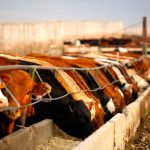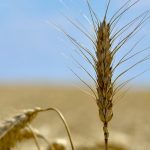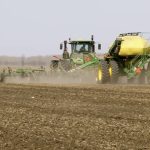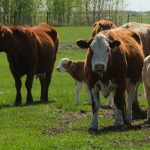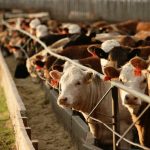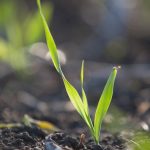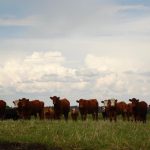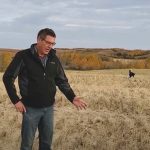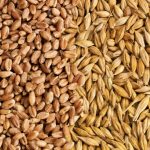There aren’t too many western Canadian farmers who would consider growing a pulse crop without first applying rhizobium bacteria to the seed to help the plant roots fix nitrogen in the soil. The benefits of that technology are well proven and accepted. But what about a foliar application of bacteria to the leaves and stems […] Read more




